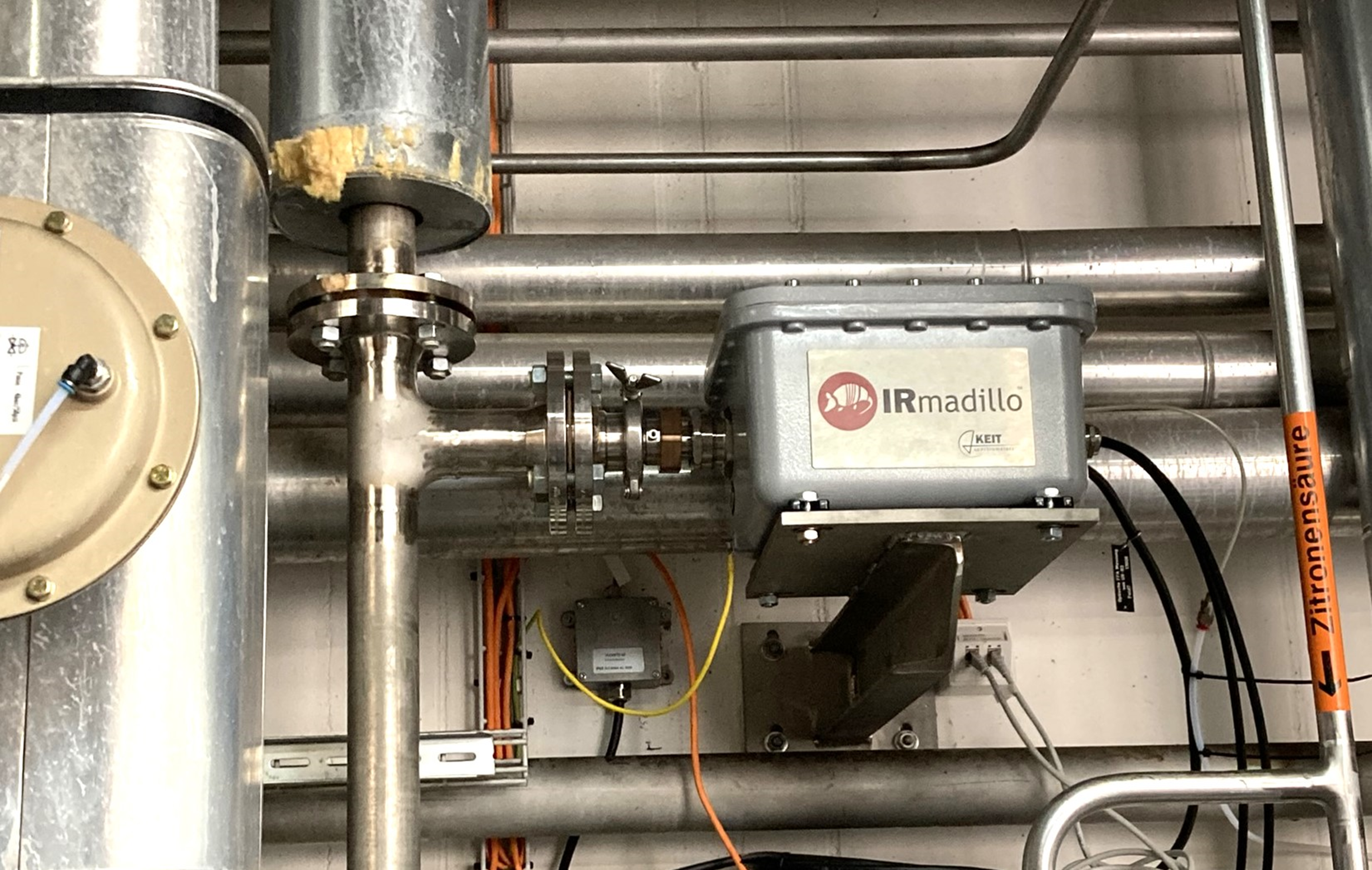
Case Study: Florin AG Improves Neutralization Efficiency using the IRmadillo FTIR
Abstract
This case study outlines how Florin AG was able to derive value through real time measurements using the IRmadillo online in their process, improving neutralization efficiency in their edible oil manufacturing process by more controlled and accurate caustic addition.

Background
Florin AG is the largest manufacturer of edible oils and fats in Switzerland. They work across the entire production process from selection and pressing of raw materials through to production and distribution of end products. In the manufacture of edible oils, they process a range of different oil types including rapeseed, sunflower, high oleic sunflower and high oleic low linolenic rapeseed both local and imported.
The Challenge
Edible oils are produced from oils and fats pressed or extracted from oil seeds. This crude oil undergoes various refining steps including bleaching, deodorizing and degumming. One of the most critical quality attributes measured in edible oils is the free fatty acid content. Free fatty acids are the product of hydrolyzed triglycerides that can form during material handling, storage, and processing, particularly at elevated temperatures. Therefore, levels of FFA need to be monitored and controlled. FFA levels are controlled during neutralization by addition of a caustic solution, typically sodium hydroxide. If FFA levels are too high, further treatment is required downstream to ensure the product is within specification.

Figure 1: IRmadillo installed on the inlet of the centrifuge upstream of caustic addition
The Solution
Keit’s IRmadillo FTIR spectrometer was installed on the inlet of centrifuge, upstream of the caustic addition point, and calibrated by Keit to monitor the free fatty acid and phosphorus content in the oil. The installation is shown in Figure 1. These values were reported every 2 minutes to the plant control system and an example of real time measurement outputs can be seen in Figure 2.
Real-time measurements of free fatty acid content upstream have led to more controlled and accurate caustic addition which in turn has led to increases in yield and savings in the amount of sodium hydroxide used during neutralisation. The return on investment has been estimated by Florin to be approximately one year.
Another advantage of continuous measurement and control of FFA is the ability to produce a consistent product that is always within specification irrespective of oil type. FFA content in crude oil can vary dependent on the feed, therefore being able measure the FFA content for a range of feedstocks in a single model will allow the operators to ensure the oil is always within quality limits without prior knowledge of the incoming feedstock.

Figure 2: Real time measurements of FFA
Keep In Mind
The IRmadillo can be calibrated to measure a very large range of chemicals, all in real time. It has effectively measured free fatty acids (FFA), water/moisture and many different metals (Fe, Cu, Ca and Mg) simultaneously in a range of different oil types. It can even measure iodine value (IV), viscosity and melting point profiles. Once calibrated, the IRmadillo becomes a universal chemical concentration meter - for all types of fats and oil processing.
Quote from Florin AG
Thanks to its robust and compact design, the spectrometer is ideal for use in production facilities. By measuring in the infrared range, it is possible to measure various parameters simultaneously and directly. Calibration can be carried out with a manageable number of samples.
Steffen Müller, Project Leader R&D

Figure 3: Real-time measurements of FFA and phosphorus reported to the customer's DCS

